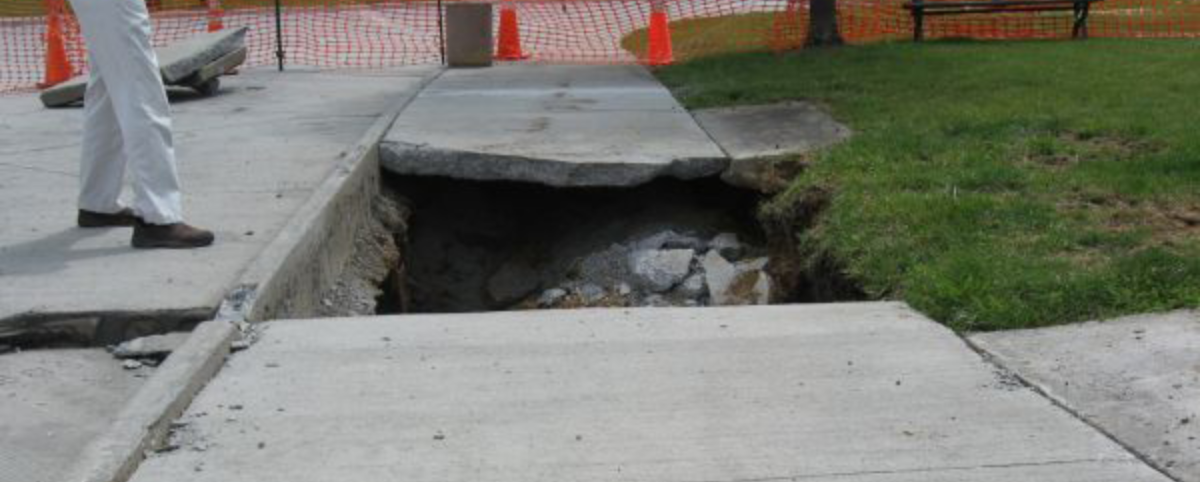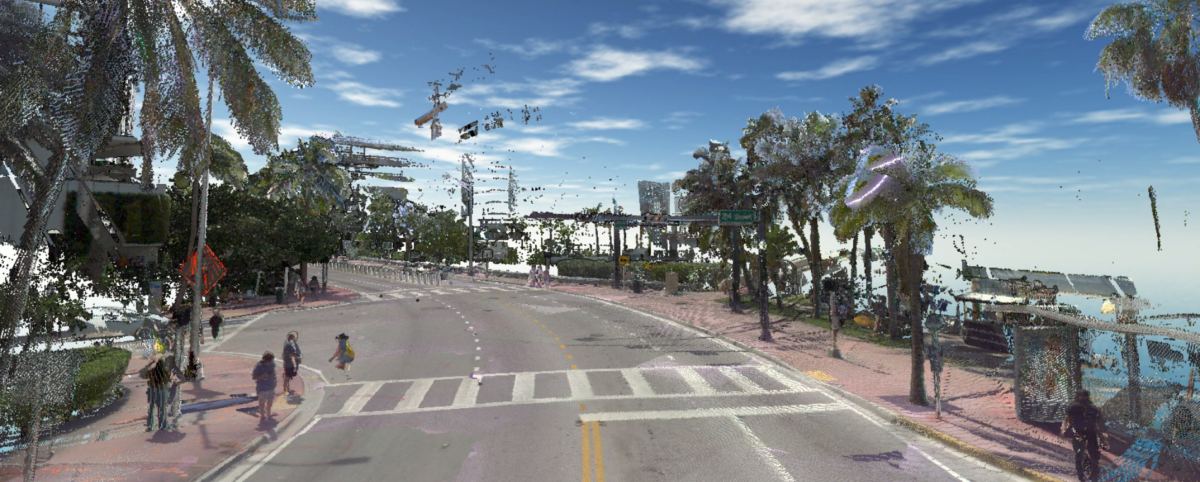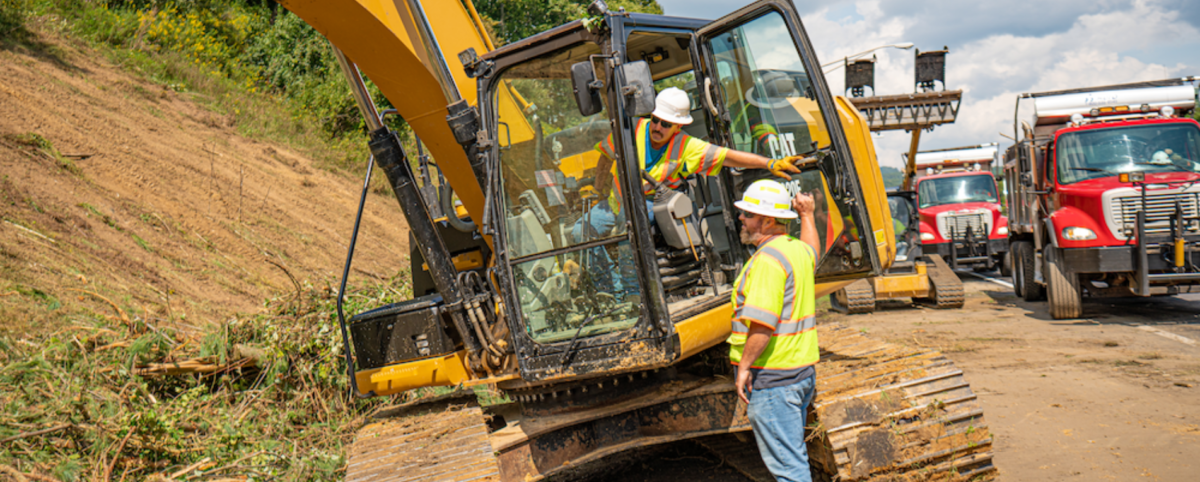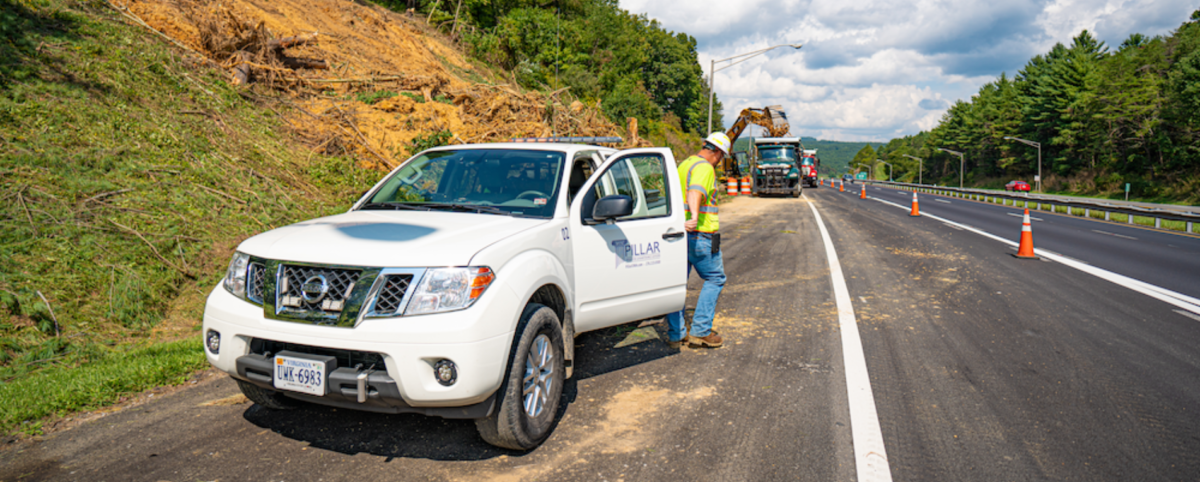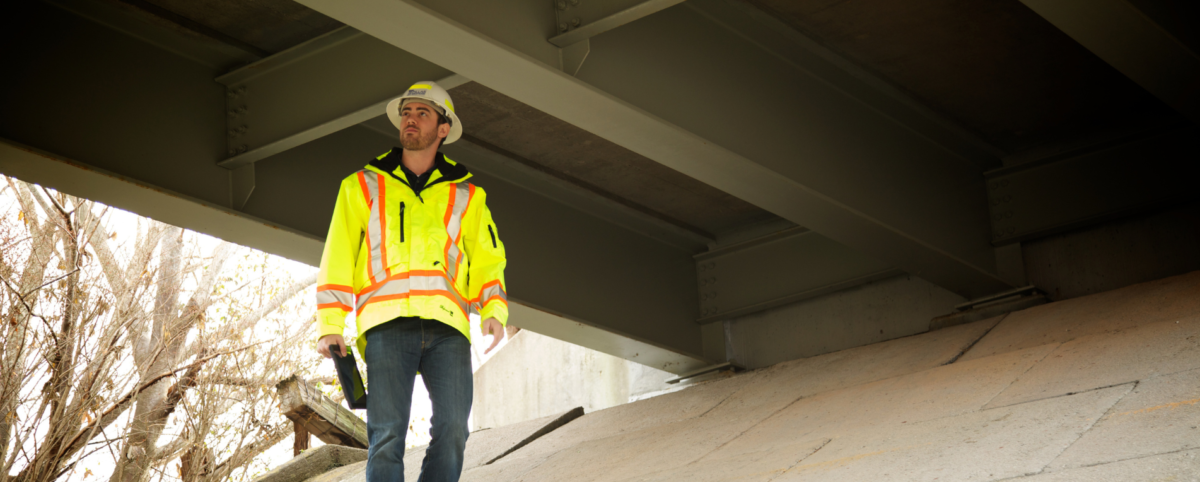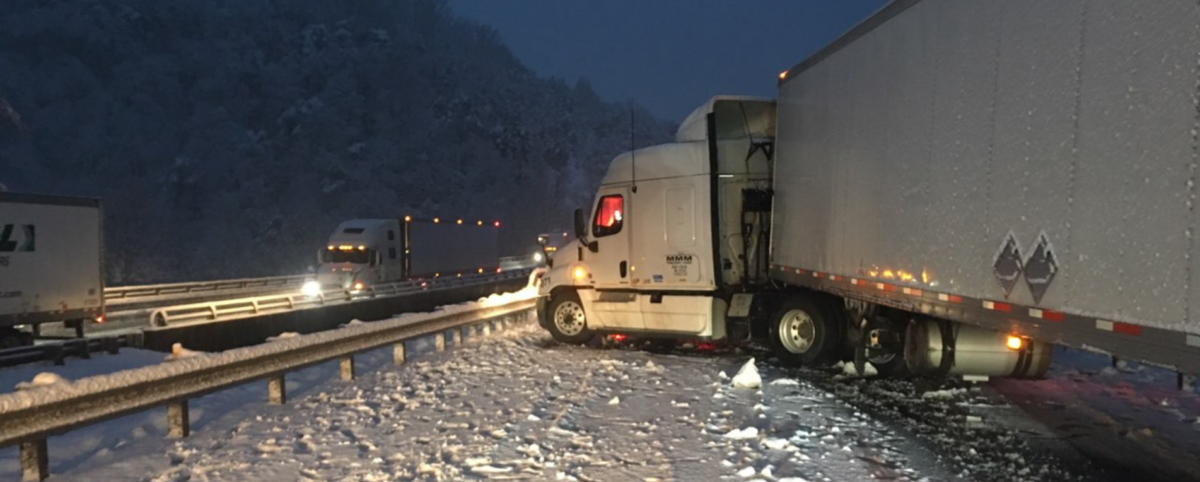Sinkholes pose significant risks to roads and the motorists who use them. Yet the first signs of trouble are subtle and can go unnoticed until serious damage occurs.
With PILLAR’s proven expertise at your side, you’ll have data and solutions at your fingertips that will transform the way your team manages sinkholes.
Common Warning Signs of Sinkholes
When sinkholes begin to form, the telltale signs are subtle but consistent. These include:
- Circular or arced cracks in pavement or soil: Small circular or arced fissures that gradually widen, fault, or appear suddenly can indicate instability in the ground below.
- Dips and depressions: Unexpected depressions in the ground or pavement, especially those that appear overnight, also warn of a potential sinkhole forming below.
With PILLAR’s sinkhole maintenance, you’ll be able to identify the start of a sinkhole quickly, saving you the time and money needed to battle a larger issue later.
Causes of Sinkholes
Sinkholes form as the results of both natural and human factors, and identifying the underlying cause is key to maintenance and prevention.
Natural triggers include underground water sources or repeated heavy rains that seep into the ground carrying away soil particles creating voids. Over time through repeated stresses, these voids increase underneath the surrounding soil and eventually cause the top layers to fall inward or sink.
Sinkholes also can result from human causes such as leaking water, sewer, and stormwater pipes or poorly designed or maintained drainage systems that lead to similar erosion and soil instability.
Feel Prepared to Act in the Face of a Sinkhole Incident with PILLAR
To effectively manage sinkholes, you must know the condition of your drainage systems and pavement. The best way to do this is through a reliable collection and assessment system.
PILLAR has the expertise and experience to efficiently gather the needed data and respond to a sinkhole according to your DOT’s unique needs. Our approach can identify and make repair recommendations to correct any drainage issues, and ultimately remediate sinkhole-prone areas. If a sinkhole does occur, you’ll have PILLAR on your side to leverage data and make an action plan for a quick response.
Partner with PILLAR for Comprehensive Sinkhole Solutions
DOTs trust PILLAR for their transportation asset management because we offer a complete package that’s data-driven and cost effective. With PILLAR, you’ll always have efficient solutions at the ready. From start to finish, we keep you and your roadways on solid ground, detecting sinkholes when they start to form and offering rapid response to sinkhole incidents.
Contact us today for a complimentary consultation.

